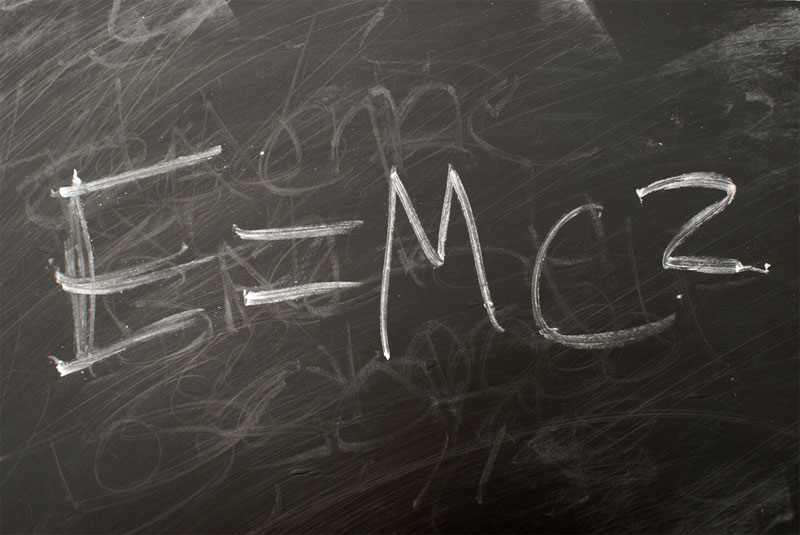
Just a few numbers could be used to predict the sizes of objects large and small in the universe, researchers say.
The paper, published Jan. 27 in the journal Proceedings of the National Academy of Sciences, shows that a handful of fundamental constants, such as the speed of light or the charge of an electron, could predict everything from the tallest potential mountain on a planet, to a neutron star's size, to how humans walk.
"What we wanted to do is bring together the physical argument that shows that numbers that are usually used in the context of laboratory experiments, or things in the small, can inform even the largest things in our universe," said study co-author Adam Burrows, a physicist at Princeton University. [The 9 Most Massive Numbers in Existence]
Universal constants
Everything in the universe obeys the fundamental laws of nature, and a few physical constants crop up in many of the laws. In fact, some researchers even argue the universe is made of math.
The idea that a few critical numbers could be used to predict the behavior of much larger objects isn't new; since the 1970s, scientists have been predicting the minimum and maximum sizes of stars using some of these constants.
But the extent to which this technique could be useful wasn't fully explored.
Sign up for the Live Science daily newsletter now
Get the world’s most fascinating discoveries delivered straight to your inbox.
To do so, Burrows and colleague Jeremiah Ostriker, an astrophysicist at Princeton University, demonstrated using mathematical equations how constants could be used to make a host of predictions about the scale of objects big and small throughout the universe. The constants were Planck's constant, which determines the relationship between energy and wavelength; Newton's gravitational constant; the speed of light; the fundamental charge of an electron; and the masses of the proton, electron and a subatomic particle called a pion.
The team showed these physical constants could predict everything from the minimum and maximum masses of neutron and white dwarf stars, to the maximum mass of a rocky planet, to the characteristic mass of a galaxy. These predictions hold to within an order of magnitude, or a factor of 10.
That's particularly amazing, because many of the constants are absurdly tiny numbers: a Planck length, which can be derived from Planck's constant, for instance, is 1.6 times 10 ^ minus 35 meters (35 zeroes followed by a 16 after the decimal point).
Beyond celestial bodies
The technique isn't limited to astronomical bodies. For instance, the Bohr radius, which is about the size of an atom, can be used to predict the size of the tallest mountain on a given planet, Burrows said.
"At the base of the mountain you'd have pressure, the higher the mountain the bigger the pressure," Burrows said. At a certain point, "the rock will flow because of the pressure, which is determined by the atomic physics."
Similar physical constants can be used to figure out the basic metabolic rate for life, Burrows said.
"We all have about 3 billion heartbeats [in a lifetime] whether we're birds or humans," Burrows said.
And the analysis could also further thought experiments, such as how things might be different if the universal laws such as gravity changed dramatically. For instance, some combinations of the constants mean that certain star types couldn't exist, Burrows said.
Follow Tia Ghose on Twitter and Google+. Follow Live Science @livescience, Facebook & Google+. Original article on Live Science.

Tia is the managing editor and was previously a senior writer for Live Science. Her work has appeared in Scientific American, Wired.com and other outlets. She holds a master's degree in bioengineering from the University of Washington, a graduate certificate in science writing from UC Santa Cruz and a bachelor's degree in mechanical engineering from the University of Texas at Austin. Tia was part of a team at the Milwaukee Journal Sentinel that published the Empty Cradles series on preterm births, which won multiple awards, including the 2012 Casey Medal for Meritorious Journalism.









